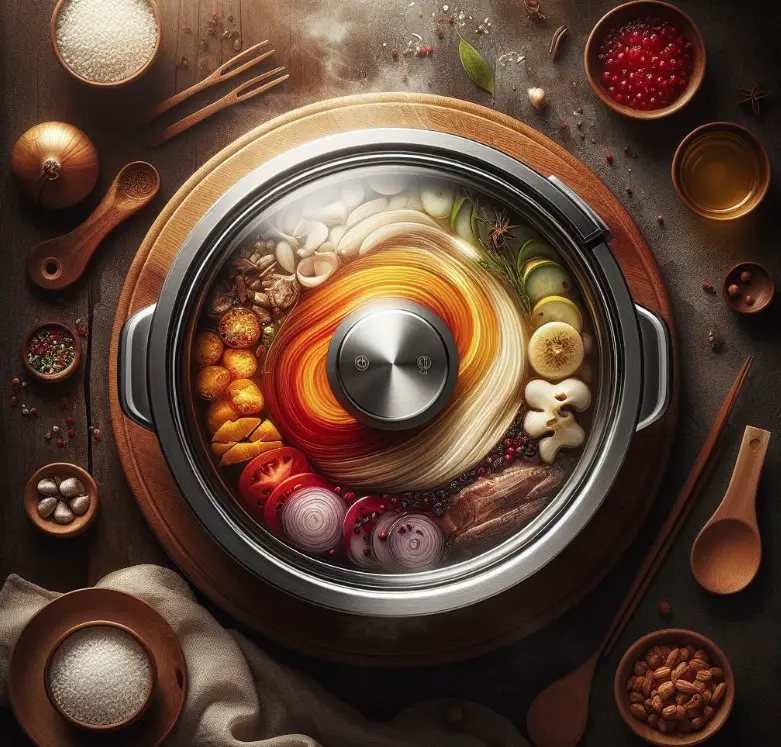Slow cookers are a convenient and easy way to prepare meals. They are perfect for busy people who want to come home to a warm and delicious meal. However, what happens when you lose or damage the lid to your slow cooker? Fortunately, there are alternatives to the traditional lid that can be used to cover your slow cooker.
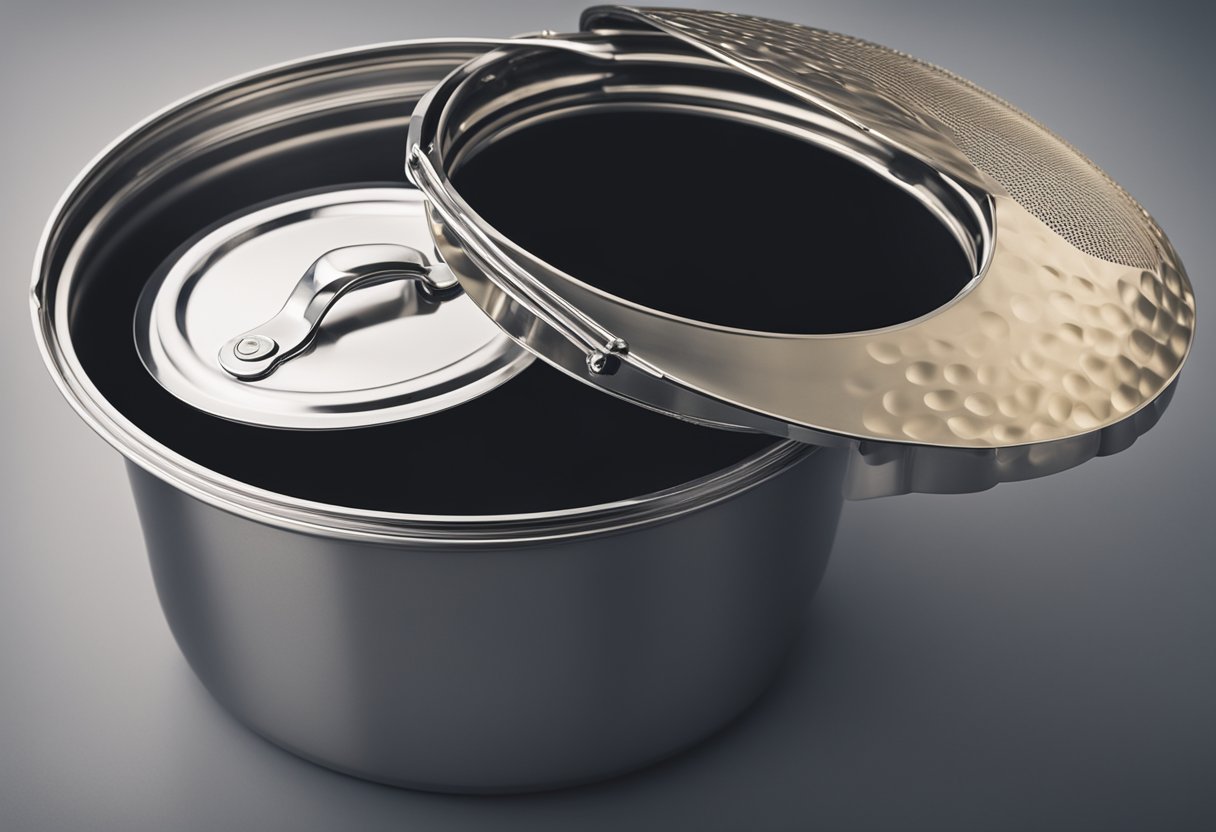
One option for a slow cooker lid alternative is to use aluminum foil. Wrapping the top of the slow cooker with foil helps trap heat and moisture while also allowing you to easily check on the food when necessary. Another option is to use a plate or dish that fits snugly over the top of the slow cooker. This can be a great option if you have a slow cooker with an unusual shape or size.
Key Takeaways
- Slow cookers are a convenient way to prepare meals, but losing or damaging the lid can be a problem.
- Alternatives to the traditional lid include aluminum foil and plates or dishes that fit snugly over the top of the slow cooker.
- When using an alternative lid, it is important to ensure that it fits tightly and securely to prevent heat and moisture from escaping.
Understanding Slow Cookers
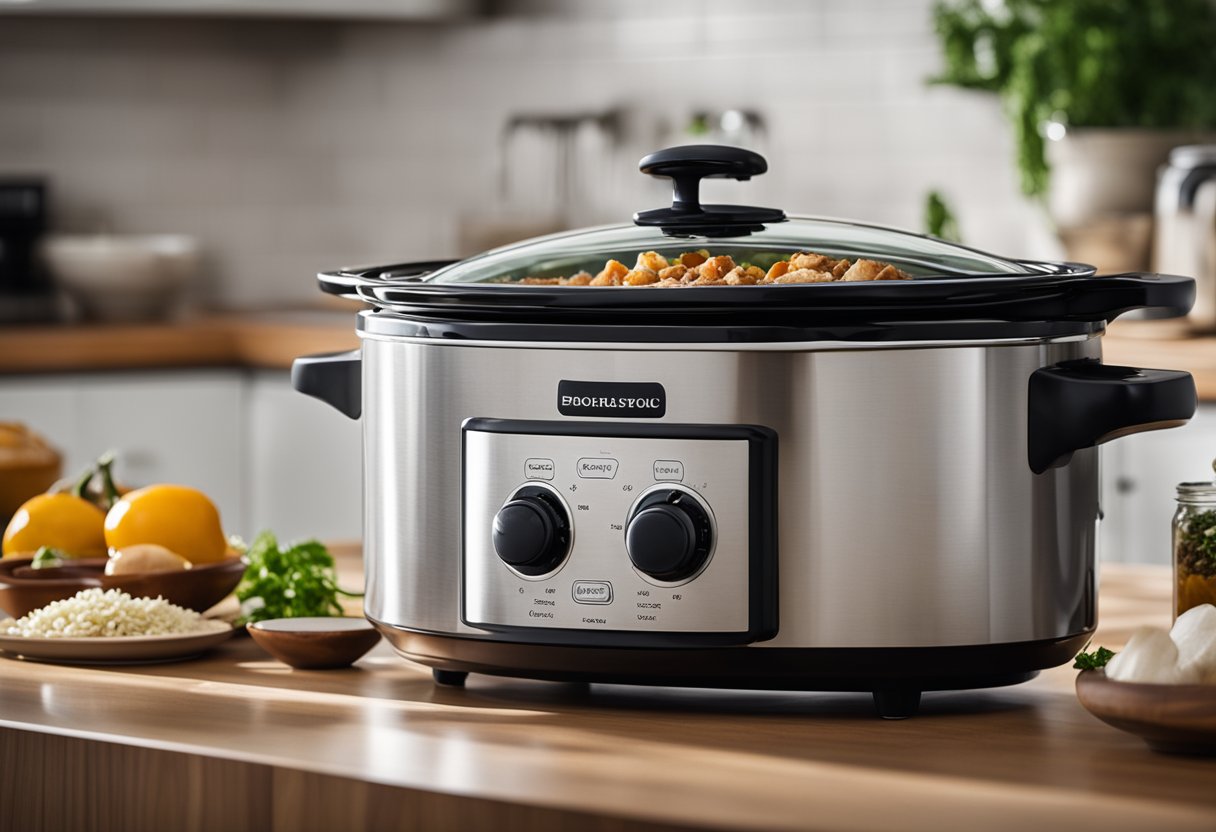
Slow cookers are a popular kitchen appliance that is used to cook meals at low temperatures over an extended period. Slow cookers are designed to be convenient and easy to use, making them an excellent addition to any kitchen.
Benefits of Proper Lid Use
Proper lid use is crucial when using a slow cooker. Slow cookers are designed to trap moisture and heat inside the pot, which is essential for cooking food evenly and thoroughly. Without a lid, the moisture and heat will escape, leading to uneven cooking and potentially undercooked food.
Using a lid also helps to retain the moisture in the slow cooker, which is essential for keeping the food moist and tender. The moisture from the food creates steam, which helps to cook the food evenly and prevents it from drying out.
Common Issues with Slow Cooker Lids
One of the most common issues with slow cooker lids is heat loss. Slow cookers are designed to cook food at low temperatures over an extended period, and any heat loss can significantly impact the cooking process. Heat loss can occur if the lid is not fitted correctly or if there are any cracks or gaps in the lid.
Another common issue with slow cooker lids is moisture retention. Slow cookers are designed to trap moisture inside the pot, but if the lid is not fitted correctly or if there are any cracks or gaps in the lid, the moisture can escape. This can lead to dry and overcooked food.
In conclusion, proper lid use is crucial when using a slow cooker. The lid helps to trap moisture and heat inside the pot, which is essential for cooking food evenly and thoroughly. Any issues with the lid, such as heat loss or moisture retention, can significantly impact the cooking process.
Types of Slow Cooker Lids
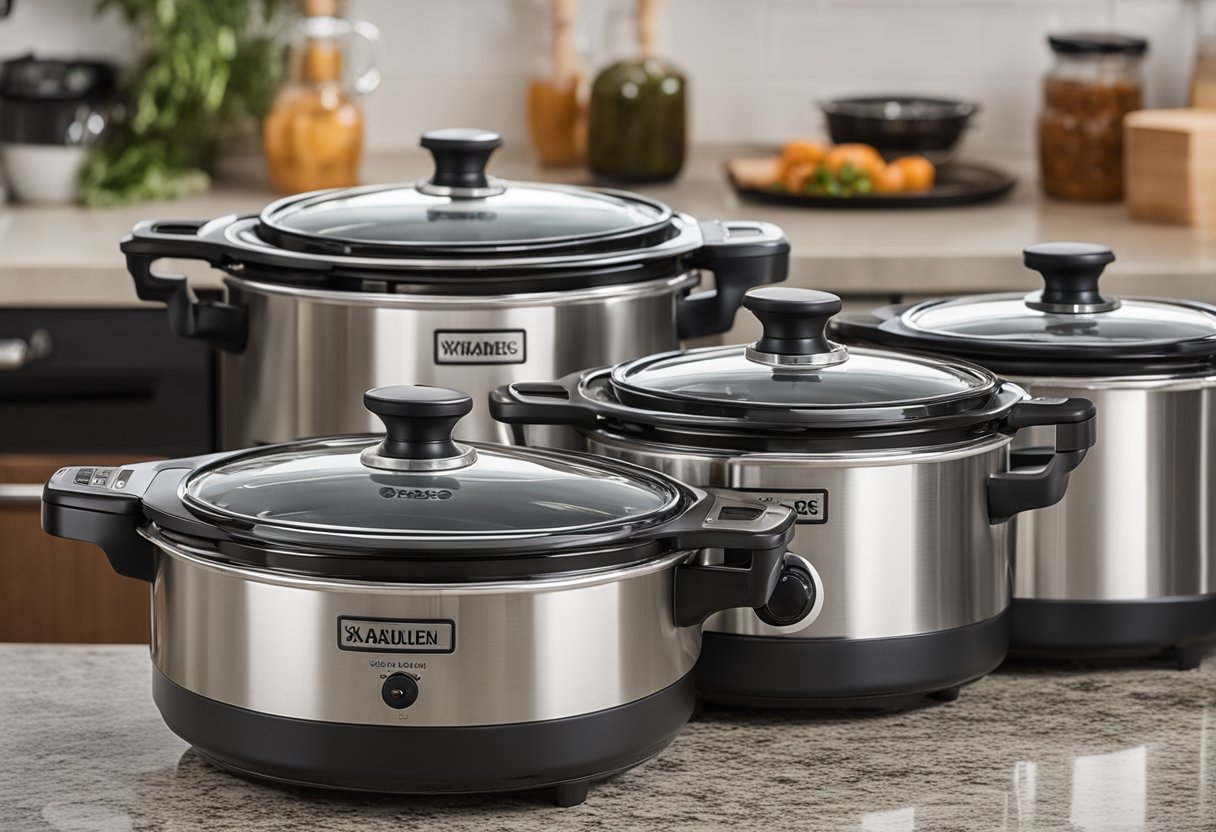
Standard Lids
Most slow cookers come with a standard lid that fits snugly on top of the pot. These lids are usually made of tempered glass, which is durable and can withstand high temperatures. The glass lid allows you to monitor the cooking process without having to remove the lid, which helps to retain heat and moisture. Some manufacturers also make lids with a vent hole to allow steam to escape, which prevents the lid from rattling and helps to prevent overcooking.
Replacement Lids
If your slow cooker lid gets damaged or lost, you can purchase a replacement lid from the manufacturer or from a third-party seller. Replacement lids are available in various materials, including tempered glass, plastic, and metal. When purchasing a replacement lid, make sure that it is compatible with your slow cooker’s model and age.
In conclusion, slow cooker lids come in different types and materials. Standard lids are usually made of tempered glass and have a vent hole to allow steam to escape. Replacement lids are available in various materials and can be purchased from the manufacturer or third-party sellers. It’s important to make sure that the replacement lid is compatible with your slow cooker’s model and age.
Alternative Lid Options
As a slow cooker enthusiast, I understand how frustrating it can be to lose or break the lid of your slow cooker. However, there are various alternative lid options that you can use to continue enjoying your favorite slow-cooked meals. In this section, I will discuss two main categories of alternative lid options: DIY solutions and kitchenware substitutes.
DIY Solutions
If you don’t have a lid for your slow cooker, you can create one using materials you have at home. One of the most popular DIY solutions is using aluminum foil. To do this, simply cover the top of your slow cooker with a double layer of aluminum foil and crimp it gently around the edges to ensure a tight fit. Another option is using a plate that is slightly larger than the opening of your slow cooker. Place the plate on top of the slow cooker and weigh it down with a heavy object to keep it in place.
Kitchenware Substitutes
If you’re looking for a more durable and long-term solution, there are various kitchenware substitutes that you can use as a replacement lid for your slow cooker. One option is a tender, which is a silicone lid that is designed to fit various sizes of pots and pans. Another option is a chopping board, which can be placed on top of your slow cooker to act as a lid. Finally, a casserole dish that is slightly larger than your slow cooker can also be used as a replacement lid.
Overall, there are many alternative lid options that you can use to continue using your slow cooker without having to purchase a replacement lid. Whether you choose to create a DIY solution or use a kitchenware substitute, there are plenty of options available to suit your needs.
Safety Considerations
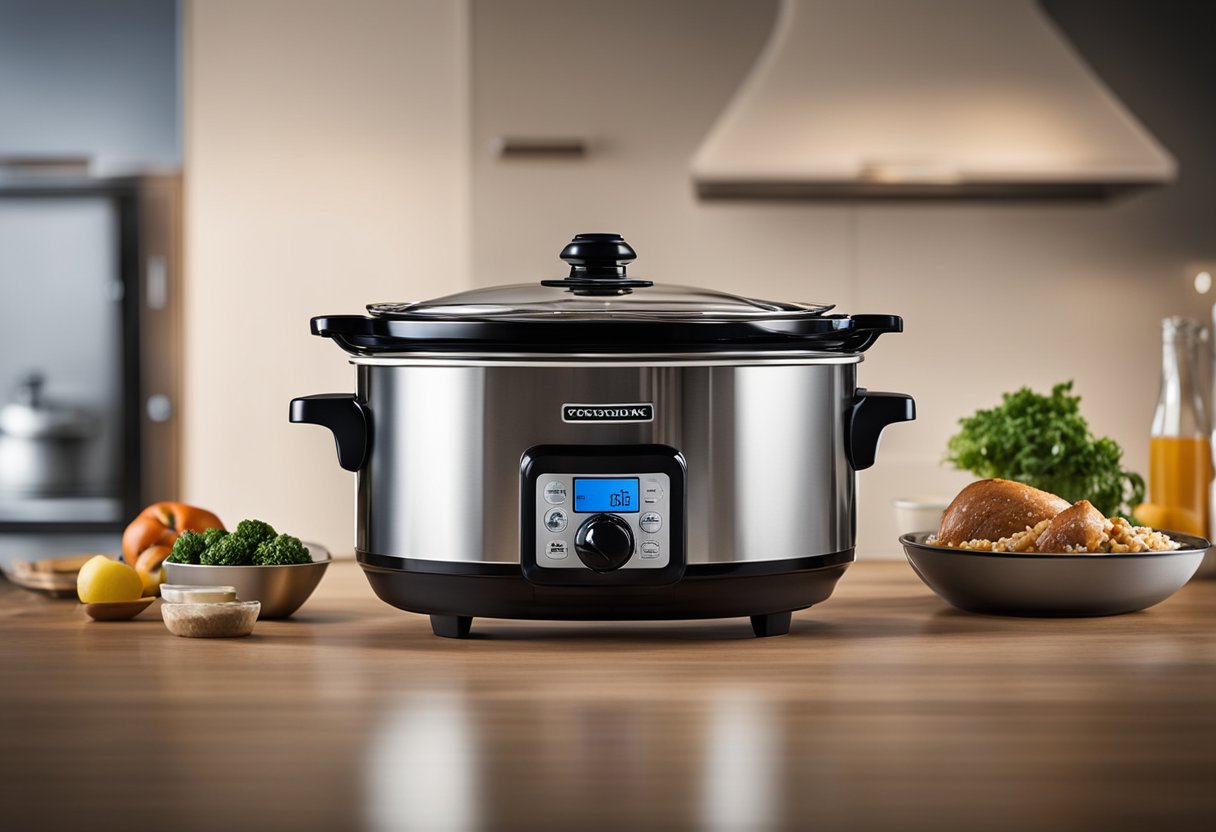
When using slow cookers, safety should be a top priority. Here are some safety considerations to keep in mind:
Material Compatibility
Slow cookers are made of different materials such as ceramic, glass, and metal. It is important to ensure that the slow cooker lid alternative is compatible with the material of the slow cooker. For instance, using a metal lid on a ceramic slow cooker may cause the ceramic to crack due to the difference in thermal expansion coefficients. Therefore, it is crucial to use a lid that is compatible with the material of the slow cooker to avoid any accidents.
Temperature and Pressure
Slow cookers work by cooking food at a low temperature over a long period of time. The temperature is usually around 200°F to 300°F, which is lower than the temperature used in an oven or stovetop. However, this low temperature can still cause burns if the lid is removed carelessly. It is important to use oven mitts or a towel to remove the lid and avoid any contact with the hot steam.
Additionally, some slow cookers come with a pressure cooking feature. If you plan to use a pressure cooker lid alternative, it is important to ensure that the lid can handle the pressure. Using a lid that cannot handle the pressure may cause the lid to explode, which can be dangerous.
By keeping these safety considerations in mind, you can safely use a slow cooker lid alternative to cook delicious meals without any accidents.
Enhancing Slow Cooking
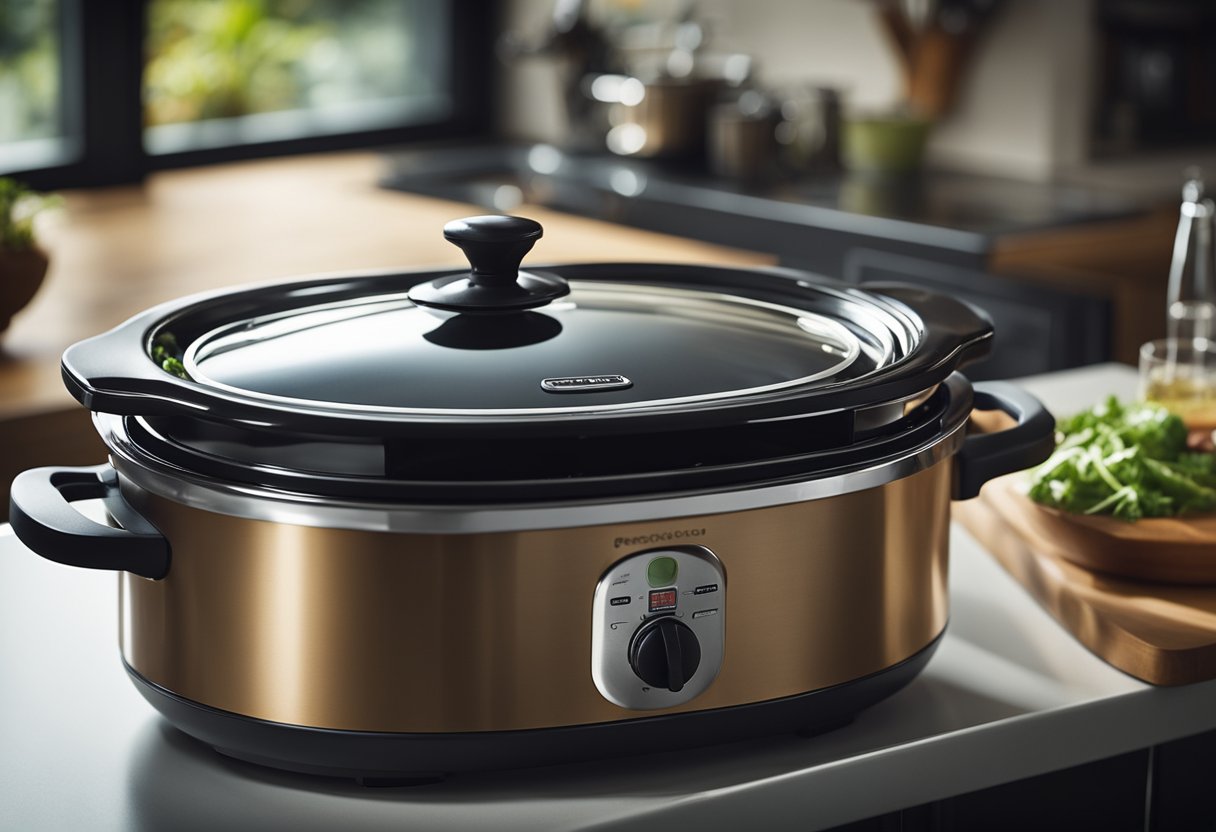
Slow cooking is a great way to prepare delicious and healthy meals with minimal effort. However, to get the most out of your slow cooker, it’s important to use the right techniques and ingredients. In this section, I will share some tips and tricks to enhance your slow cooking experience.
Sealing Techniques
One of the most important aspects of slow cooking is sealing in the flavors and moisture. A tight-fitting lid is essential for this, but if you don’t have one, there are other options. You can use aluminum foil, a chopping board, a plate, or a replacement lid as slow cooker lid alternatives. Just make sure to seal the edges well to prevent any steam from escaping.
Another sealing technique is to layer your ingredients. Start with the vegetables at the bottom, followed by the meat or protein, and then the seasonings and liquids on top. This will help create a seal and prevent any moisture from escaping.
Flavor Retention
Slow cooking is great for infusing flavors into your meals. To enhance the flavor retention, try adding your seasonings and spices towards the end of the cooking process. This will help prevent the flavors from evaporating and ensure that they are evenly distributed throughout the dish.
Stirring is also important for flavor retention. While it’s tempting to keep checking on your meal, it’s best to avoid opening the lid too often. Instead, give it a gentle stir every once in a while to ensure that the flavors are evenly distributed.
Finally, a gentle simmer is key for slow cooking. Avoid boiling your ingredients as this can cause them to break down and lose their flavor. Instead, keep the heat low and let the slow cooker work its magic.
By using these sealing techniques and flavor retention tips, you can take your slow cooking to the next level and create delicious and healthy meals with ease.
Specialty Alternatives
Commercial Replacements
When it comes to slow cooker lid alternatives, there are several commercial products available in the market that can replace the original lid. These products are specifically designed to fit on your slow cooker and provide the same functionality as the original lid.
One such product is the silicon insert. These inserts are made of food-grade silicon and can withstand high temperatures. They come in various shapes and sizes and can be used as a replacement for the original lid. Another option is slow cooker liners. These liners are made of heat-resistant plastic and can be placed inside the pot to prevent food from sticking to the sides. They can also be used as a lid replacement.
Parchment paper is another commercial replacement option. It can be used to cover the top of the slow cooker and prevent moisture from escaping. However, it is important to note that parchment paper should not be used at high temperatures as it can catch fire.
Innovative Kitchen Tools
In addition to commercial replacements, there are also several innovative kitchen tools that can be used as slow cooker lid alternatives. One such tool is oiling the pot. By applying a thin layer of oil to the top of the food, you can prevent moisture from escaping and create a makeshift lid.
Another option is using a slow cooker liner substitute. Instead of using a commercial liner, you can use a piece of aluminum foil or a baking sheet to cover the top of the slow cooker. This will prevent moisture from escaping and ensure that your food is cooked evenly.
Overall, there are many options available when it comes to slow cooker lid alternatives. Whether you choose a commercial replacement or an innovative kitchen tool, it is important to ensure that the alternative is safe to use and can withstand high temperatures. By experimenting with different options, you can find the perfect solution to meet your cooking needs.
Cooking Without a Lid
As a slow cooker enthusiast, I know that cooking without a lid can be a tricky task. However, it is possible to cook without a lid using alternative methods. Here are some tips on how to cook without a lid:
Adjusting Cooking Methods
When cooking without a lid, it is important to adjust your cooking methods. For example, if you are using a Dutch oven or cooking pot, you can sear the meat first to retain heat. This will help to keep the meat moist and tender during the cooking process. You can also add a little extra liquid to compensate for the lack of lid. This will help to prevent the food from drying out.
Using Other Cooking Appliances
If you don’t have a lid for your slow cooker, you can use other cooking appliances to achieve the same results. A rice cooker can be used as a slow cooker substitute. You can also use a clay pot or sous vide to cook your food. These appliances are designed to retain heat, which will help to keep your food moist and tender.
In conclusion, cooking without a lid can be a bit of a challenge, but it is possible to achieve great results with a little bit of creativity and experimentation. By adjusting your cooking methods and using other cooking appliances, you can create delicious meals that are sure to impress your family and friends.
Can I Use a Hamilton Beach Slow Cooker Lid as a Replacement for Other Slow Cookers?
Yes, the Hamilton Beach slow cooker lid can be used as a replacement for other slow cookers of similar size. However, it’s important to read the Hamilton Beach slow cooker review to ensure compatibility and proper fit before making a purchase.
Maintenance and Care
As an avid user of slow cookers, I know that proper maintenance and care can significantly extend the lifespan of a slow cooker. Here are some tips to keep your slow cooker in top condition.
Cleaning Tips
Cleaning your slow cooker after every use is essential to ensure it remains hygienic and free of any food residue. When cleaning the lid, avoid using harsh cleaning products since they can wear down the strength of the lid and reduce its lifespan. Instead, wash it by hand with regular dish soap, and avoid using abrasive cleaners. For the base of the slow cooker, use a soft sponge or cloth to clean it. If there are any stubborn stains, you can use baking soda and water to scrub them off.
It’s also important to clean the slow cooker’s exterior regularly, especially if you use it frequently. Use a damp cloth to wipe down the exterior, and avoid submerging the slow cooker in water. If there are any spills or stains on the exterior, use a mild detergent and warm water to clean them off.
Lid Replacement and Repairs
If your slow cooker lid is damaged or lost, don’t worry. There are several slow cooker lid alternatives that you can use as a replacement. One option is to use tin foil as a replacement lid. Tin foil is completely safe to use inside your slow cooker or crockpot, and it’s a perfect replacement if your lid has been damaged or lost. However, be careful when using an alternative item to the manufactured slow cooker lid, and take any necessary precautions.
Another option is to purchase a replacement lid from the manufacturer. Most manufacturers offer replacement lids for their slow cookers, and it’s often the best option if you want to ensure that the lid fits perfectly. If your slow cooker is still under warranty, you may be able to get a replacement lid for free.
In addition to replacing the lid, you can also repair it if it’s damaged. If the lid is fragile, you can reinforce it by adding a layer of heavy-duty tape around the edges. If the lid is warped, you can try to reshape it by gently bending it back into shape. However, if the lid is severely damaged, it’s best to replace it.
Remember, proper maintenance and care of your slow cooker can significantly extend its lifespan. By following these tips, you can ensure that your slow cooker remains in top condition and continues to produce delicious meals for years to come.

